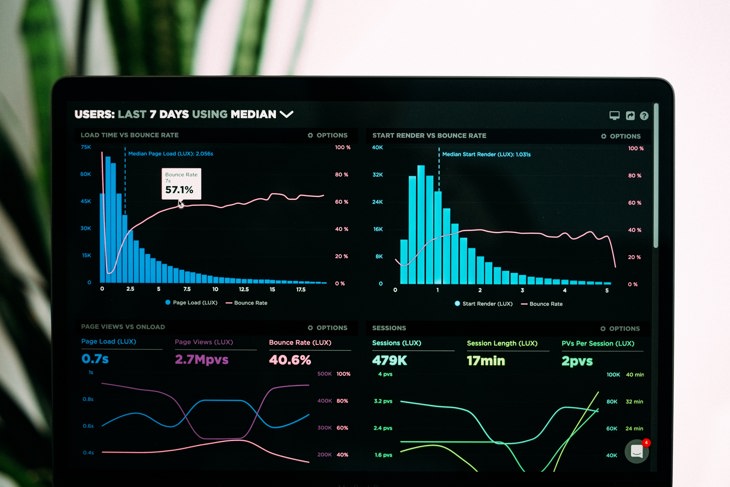
Everyone will be familiar with the expression: ‘garbage in equals garbage out’.
This is true long before you get to the visualisation aspect. Your data can be rubbish and by this I mean that whilst it could be accurate it could also be measuring something that is absolutely meaningless in the context of what you are trying to achieve.
Bad data can either be accurate but irrelevant or relevant and inaccurate which could be user error, the data input could be making mistakes, the spreadsheets might be wrong or corrupted.
"Everyone will be familiar with the expression:
‘garbage in equals garbage out’."
If you have bad data coming in then you cannot trust what is coming out and when it comes to data, trust is an incredibly important thing. If you are going to make decisions based on the numbers and outputs, then the systems that underline this are most critical.
Provided that your systems are absolutely robust, have been well tested and there are no leaks or corruption then they will be of great value.
That being said, at the design stage, when humans are involved in plugging the different elements together, they are usually the weakest point and if they do enter data incorrectly you can end up with wrong information. Of course, this is something that you hope falls out of the woodwork in testing.
"Provided that your systems are absolutely robust, have been well tested
and there are no leaks or corruption then they will be of great value."
A lot of this comes down to common sense and as a firm we never fully rely on technology because when it comes to credit underwriting decisions, for example, which is what we do, there always needs to be a human element in there, particular for some of the less commoditised lending situations.
When you are dealing with large volumes you can almost ignore the outliers because you have so much other data so that if you chop your graph off at the beginning and the end then you will end up with something that looks like it makes sense.
That being said, if you are dealing with a smaller number of data points then the human aspect – principally knowledge and experience – can come in use to test whether the visualisation does make sense.
"If you can weed out the opportunities for mistakes, then you end
up in a far more trustworthy position"
We have been in the credit underwriting business for many years and if we were to suddenly see a trend that was skewing off in a particular direction we would be able to tell whether it made any sense based on what we know of the market, macro-economic factors, the particular borrower or lender, as well as other factors.
This is a really effective method in certain circumstances although not relevant if you are dealing with Big Data but if you are dealing with smaller quantities then a someone with experience and knowledge of the context and parameters within which you are analysing your data certainly bring enormous benefit.
If you can weed out the opportunities for mistakes, then you end up in a far more trustworthy position as we can all think of situations where bad data has led to bad decisions.